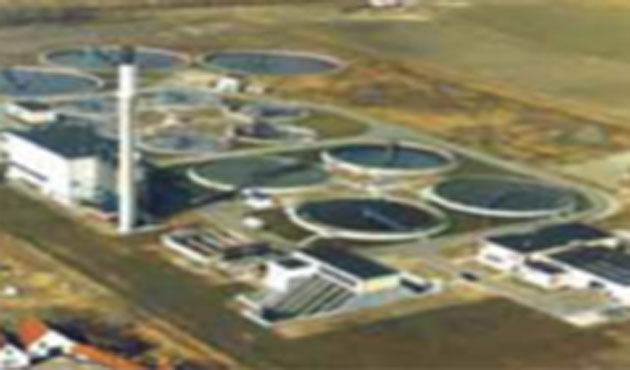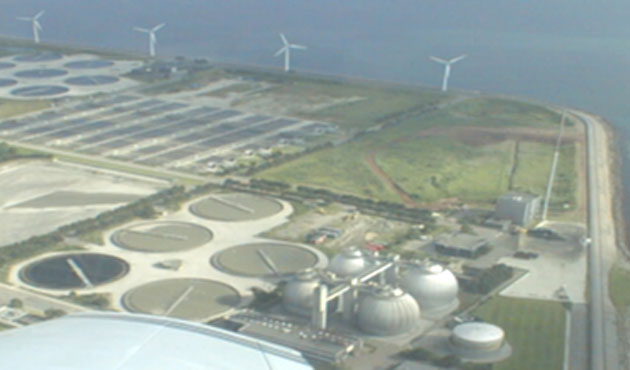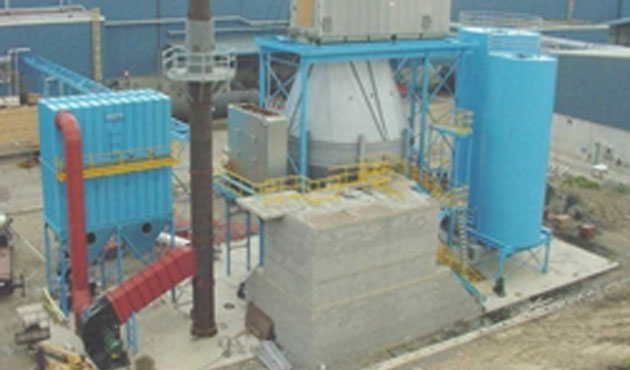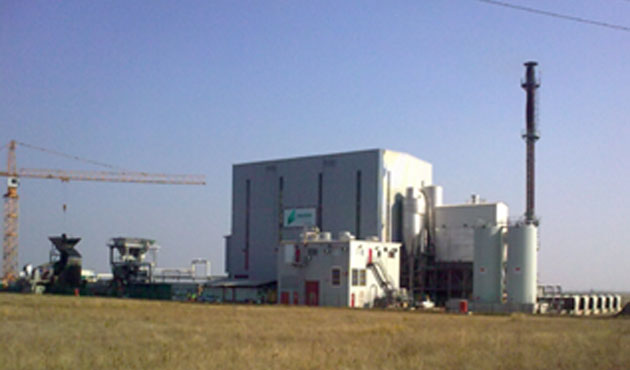We provide solutions and system integration with Operation and Maintenance (O&M) in mind to meet the needs of our valued customers for our Sludge Treatment projects.

The fluidized bed sludge incinerator of Bruges, Belgium was built in 1985 and is still operating today. With a treatment capacity of 300 ton/day of primary and secondary sludge at 18-26% of dry matter, it was designed with a bed of 4.2 m diameter. The Keppel Seghers ZEROFUEL® fluidized bed is completely auto-thermal, even for low calorific sludges. It is highly flexible, very tolerant to dry matter concentration fluctuations and can be used with digested and non-digested sludge. It was designed and built to ensure synergy with the adjacent wastewater treatment plant and has an availability of more than 8200 hours per year.

The Keppel Seghers ZEROFUEL® fluidized bed built in Copenhagen, Denmark was commissioned in 2000. It was designed for a treatment capacity of 200 ton/day of primary and secondary digested sludge with a fluidised bed of 3.2 m diameter. The dry matter concentration of the sludge is around 18 to 26%. It is also auto-thermal and operating in synergy with the adjacent waste water treatment plant.

The Keppel Seghers ZEROFUEL® fluidized bed built in Spokane, United States was built in 2001 and processes de-inking sludge and wood chips. With a diameter of 5.2 m, it has a treatment capacity of 250 ton/day of sludge with a calorific value of 4.5 to 9.5MJ/kg. It is auto-thermal without air preheating and produces 12MWth of process steam in the boiler. This treatment plant achieve high availability while maintaining low maintenance costs.

The Bucharest Sludge Treatment Plant in Romania has a treatment capacity of 250 ton per day with a fluidised bed diameter of 5.2m and processes oily sludge. This retrofit and upgrade project was done on an existing old treatment plant that was formerly not using Keppel Seghers technology. In 2013, Keppel Seghers completed the upgrading of the existing fluidized bed, optimized the secondary air injection, correcting the sludge feeding and improving the transfer of materials between the fluidized bed and the boiler.